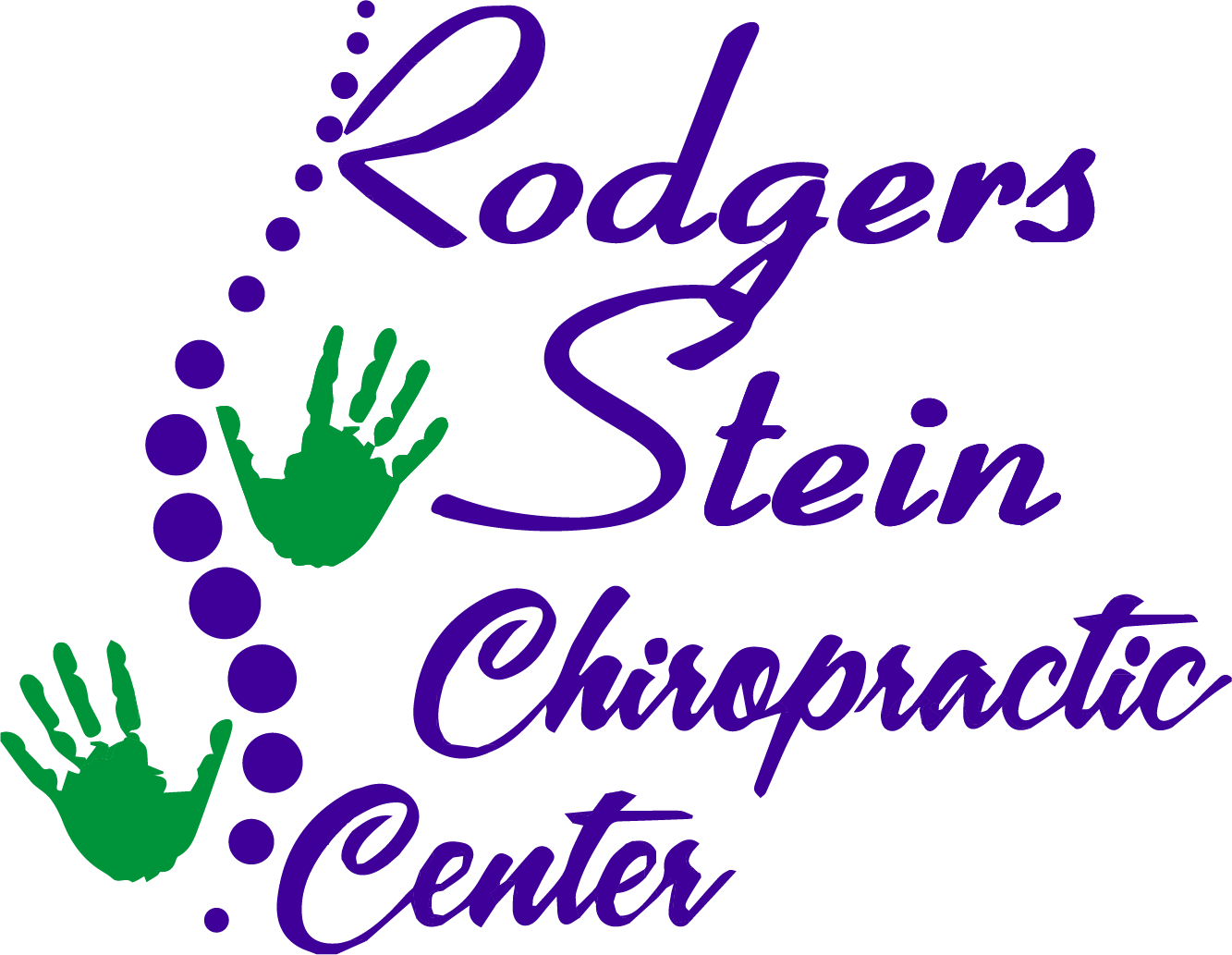You might not realize it, but your desk job posture can greatly impact your comfort and productivity. Small adjustments in your workspace can lead to noticeable improvements in how you feel throughout the day. Start by evaluating your current setup; it's easier than you think to make changes that promote better alignment and support. But what specific steps can you take to transform your workspace into an ergonomic haven? Let's explore some effective strategies that can make a real difference in your daily routine.
Understand the Importance of Posture
While many people underestimate the impact of good posture, it plays a crucial role in your overall health and productivity. When you sit up straight, you're not just looking confident; you're also allowing your body to function properly. Good posture helps maintain the natural curves of your spine, reducing strain on your muscles and ligaments. This means less discomfort and fewer distractions throughout your workday.
You mightn't realize it, but poor posture can lead to a host of issues, including chronic back pain, neck strain, and even headaches. If you spend hours hunched over a computer, you could find yourself feeling fatigued and unfocused. By prioritizing good posture, you'll enhance your energy levels and improve your concentration. Plus, it can even boost your mood! When your body feels good, your mind follows suit.
Think about how often you adjust your position at your desk. Each time you do, it's a signal that your body isn't happy. By understanding the importance of proper alignment, you can create a more comfortable and sustainable work environment.
You'll find that being mindful of your posture allows you to engage fully in your tasks without the nagging discomfort that often accompanies poor habits.
Assess Your Current Workspace
To improve your desk posture, start by evaluating your current workspace.
Check if your chair height allows your feet to rest flat on the floor and guarantee your monitor is at eye level to avoid straining your neck.
Finally, position your keyboard and mouse so your arms can rest comfortably at your sides, promoting better alignment.
Evaluate Chair Height
Finding the right chair height is essential for maintaining good posture during long hours at your desk. If your chair's too high or too low, it can lead to discomfort and strain, impacting your productivity.
To evaluate your current chair height, start by sitting all the way back in your chair with your feet flat on the floor. Your knees should be at a 90-degree angle, and your thighs should be parallel to the ground.
If your feet dangle, your chair's too high. In this case, consider a footrest or an adjustable chair to guarantee your feet are supported. Conversely, if your knees are above your hips, the chair's too low, and you may need to raise it or use a cushion to achieve the right height.
Make certain your arms rest comfortably on the desk or chair armrests, allowing your elbows to remain at a 90-degree angle.
Taking the time to adjust your chair height can greatly enhance your comfort and reduce the risk of long-term issues. Regularly re-evaluate your setup, especially if you change desks or chairs, to maintain ideal posture throughout your workday.
Monitor Positioning Tips
Proper monitor positioning is essential for reducing eye strain and maintaining good posture during your workday. Start by making sure your monitor's top edge is at or just below eye level. This way, you won't have to tilt your head up or down, which can lead to neck strain.
Position the monitor about an arm's length away from your eyes to prevent unnecessary squinting or leaning forward.
Next, try to angle the monitor slightly backward, around 10 to 20 degrees. This tilt helps minimize glare from overhead lights and windows, making it easier to see your screen.
Confirm your monitor is directly in front of you, rather than to the side, which can cause you to twist your torso and strain your back.
If you're using multiple monitors, position them so that you can easily view both without excessive head movement. Keep the primary monitor directly in front of you and the secondary one slightly angled.
Finally, adjust the brightness and contrast settings to match your environment, reducing eye fatigue. By taking these steps, you'll create a more comfortable workspace that supports both your vision and posture throughout the day.
Keyboard and Mouse Placement
Ergonomics plays an essential role in maintaining comfort and efficiency at your desk, and keyboard and mouse placement is a key aspect of that.
To start, you should position your keyboard directly in front of you, keeping it at elbow height. Your forearms should be parallel to the floor or slightly declined, allowing your wrists to remain straight. Avoid reaching for the keyboard; instead, keep it close enough that your elbows can stay relaxed at your sides.
Next, place your mouse at the same height as your keyboard, ideally within easy reach. This setup minimizes strain on your shoulders and wrists. When using your mouse, try to keep your hand relaxed and avoid gripping it tightly. Consider using a mouse pad with wrist support to further reduce strain.
Lastly, remember to take regular breaks. Stand up, stretch, and shift your position to prevent stiffness.
Choose the Right Chair
When selecting a chair for your desk job, prioritize comfort and support to enhance your posture throughout the day. A well-designed chair can make a considerable difference in how you feel after hours of work. Look for features that cater to your specific needs, such as adjustable seat height, lumbar support, and armrests.
First, confirm the chair's height is adjustable. Your feet should rest flat on the floor, with your knees at a 90-degree angle. This alignment helps distribute your weight evenly and reduces strain on your lower back.
Next, consider lumbar support. A chair with good lumbar support maintains the natural curve of your spine, preventing slouching and discomfort.
Armrests are another important feature. They should support your arms while keeping your shoulders relaxed. Verify they're adjustable so you can find the right height. If armrests aren't an option, try to keep your arms close to your body, maintaining a 90-degree angle at the elbows.
Material matters too. Choose a chair with breathable fabric or mesh to keep you comfortable and cool throughout long work sessions. Padding is also crucial; it should be firm enough to provide support but soft enough to prevent pressure points.
Finally, take the time to test the chair before you buy it. Sit in it for at least 10-15 minutes to see how it feels. A good chair is an investment in your health that can greatly improve your productivity and comfort at work.
Adjust Your Desk Height
Selecting the right chair is just the first step in creating an ergonomic workspace; adjusting your desk height plays an essential role in maintaining good posture. If your desk is too high or too low, it can lead to strain on your neck, shoulders, and back.
To guarantee your desk is at the perfect height, start by standing up straight and letting your arms hang naturally at your sides. Your elbows should form a 90-degree angle when you rest your forearms on the desk.
If you need to adjust your desk, either raise or lower it according to your measurements. If you're using a sit-stand desk, experiment with different heights while sitting and standing to find what feels most comfortable for you. Remember, your wrists should remain straight and not bent up or down when typing.
When you sit down, your feet should be flat on the floor or on a footrest, and your knees should be at or slightly below the level of your hips. This position promotes better circulation and reduces fatigue.
If your desk can't be adjusted, consider using a keyboard tray or a footrest to help achieve the right alignment.
Finally, take regular breaks to stand up, stretch, and recalibrate your posture. Even the best desk height can't replace the benefits of movement throughout your workday.
Position Your Monitor Correctly
To maintain good posture, position your monitor at eye level so you don't strain your neck.
It should be about an arm's length away, allowing for comfortable viewing without leaning forward.
This setup helps reduce fatigue and keeps you focused throughout the day.
Eye Level Alignment
Proper eye level alignment with your monitor is essential for maintaining comfort and preventing strain during long hours at your desk.
When your monitor is positioned correctly, you can reduce the risk of headaches, neck pain, and eye fatigue.
Here are three tips to help you achieve the perfect alignment:
- Top of the Screen: Position the top of your monitor screen at or slightly below eye level. This way, you're looking slightly downward, which is a natural position for your neck.
- Distance: Confirm the monitor screen is about an arm's length away from your eyes. This distance allows for comfortable viewing and minimizes strain on your eyes.
- Tilt and Angle: Tilt the monitor back 10 to 20 degrees. This angle can help you maintain a neutral head position and reduce glare from overhead lighting.
Distance From Eyes
Maintaining the right distance from your eyes to the monitor is just as important as achieving proper eye level alignment. Ideally, your screen should be about an arm's length away—generally 20 to 30 inches from your face. This distance helps reduce eye strain and allows you to see the text clearly without squinting or leaning forward.
To find the best position, sit back comfortably in your chair and extend your arm. The tip of your fingers should just about touch the screen. If you have a larger monitor, you might need to adjust that distance a bit, but don't go too close. If you find yourself leaning in or experiencing discomfort, it's a sign your monitor's too close.
Additionally, consider the size of the text on your screen. If you're constantly adjusting font size or squinting, it might be time to rethink your monitor's placement.
You want to maintain a relaxed posture while keeping your eyes comfortable. Regularly check your distance and make adjustments as necessary to guarantee you're protecting your vision and overall health while working.
Use Ergonomic Accessories
How can ergonomic accessories transform your desk setup? By incorporating these specially designed tools, you can greatly enhance your comfort and support while working.
Ergonomic accessories help reduce strain on your body, allowing you to maintain proper posture throughout the day. Here are three essential items you should consider adding to your workspace:
- Ergonomic Chair: An adjustable chair with lumbar support can make a world of difference. It encourages you to sit with your back straight and feet flat on the floor, reducing the risk of back pain and discomfort.
- Keyboard and Mouse: Using an ergonomic keyboard and mouse can alleviate wrist strain. Look for a split keyboard design and a mouse that fits comfortably in your hand. These accessories promote a more natural wrist position, helping you avoid repetitive strain injuries.
- Monitor Stand: Elevating your monitor to eye level keeps your neck straight and aligned. A monitor stand or a laptop riser guarantees that your screen is at a comfortable height, preventing you from slouching or leaning forward.
Implement Regular Breaks
Taking regular breaks is essential for combating the negative effects of prolonged sitting at your desk. When you're immersed in your work, it's easy to lose track of time and forget to stand up or stretch. However, these breaks are vital for maintaining your physical health and enhancing productivity. Set a timer to remind yourself to take a break every hour. Even a five-minute pause can make a significant difference.
During your breaks, step away from your workstation. This helps to reset your posture and relieves pressure on your back and neck. Use this time to walk around, grab a glass of water, or simply change your scenery. If you can, go outside for a few minutes; fresh air can rejuvenate your mind and keep your energy levels up.
You might also consider using apps or tools that encourage break times. These tools can remind you to take a breather and help you integrate regular pauses into your daily routine.
When you return to your desk, you'll likely find that you're more focused and ready to tackle your tasks with renewed energy.
Practice Stretching Exercises
To improve your desk job posture, practicing stretching exercises is essential.
Focusing on neck and shoulder stretches, along with wrist and hand relief, can greatly reduce tension and discomfort.
Incorporating these stretches into your daily routine will help you stay comfortable and focused at work.
Neck and Shoulder Stretches
Throughout your workday, it's easy to forget about the strain that desk jobs can put on your neck and shoulders. Taking a few moments to stretch can make a significant difference in how you feel.
Here are three effective stretches you can incorporate into your routine:
- Neck Tilts: Sit up straight and gently tilt your head to one side, bringing your ear toward your shoulder. Hold for 15-30 seconds, then switch sides. This helps relieve tension in the neck muscles.
- Shoulder Rolls: While seated, roll your shoulders up toward your ears, then back and down in a circular motion. Repeat this 5-10 times. This exercise loosens up tight shoulder muscles and improves circulation.
- Upper Back Stretch: Interlace your fingers and extend your arms in front of you, rounding your upper back. Hold this position for 15-30 seconds. It opens up the chest and stretches the upper back, counteracting the hunching that often occurs while sitting.
Incorporating these stretches into your day can help ease discomfort and improve your overall posture.
Don't underestimate their power!
Wrist and Hand Relief
While you focus on your tasks, your wrists and hands can easily become tense and fatigued from repetitive motions. To combat this discomfort, incorporating simple stretching exercises into your routine is essential. These stretches can help relieve tension and improve circulation, making your workday more comfortable.
Start with the wrist flexor stretch. Extend one arm in front of you, palm up, and gently pull back on your fingers with the opposite hand. Hold for 15-30 seconds, then switch sides.
Next, try the wrist extensor stretch by extending your arm, palm down, and using your other hand to press down on the back of your fingers. Again, hold for 15-30 seconds before switching.
Don't forget finger stretches! Spread your fingers wide, hold for a few seconds, and then relax. You can also make fists, hold for a few seconds, and release.
Aim to perform these stretches every hour to keep your wrists and hands feeling refreshed. Remember, taking short breaks to stretch not only eases discomfort but also boosts productivity, allowing you to stay focused and efficient throughout your workday.
Maintain Proper Sitting Techniques
Proper sitting techniques are essential for maintaining comfort and preventing strain during long hours at your desk. By being mindful of your posture, you can reduce the risk of back pain and enhance your overall productivity.
Here are three key techniques to help you sit properly:
- Feet Flat on the Floor: Verify your feet are flat on the ground or on a footrest. Your knees should be at a 90-degree angle, with your thighs parallel to the floor. This position promotes better circulation and reduces pressure on your lower back.
- Back Support: Use a chair that offers good lumbar support. Your lower back should be supported, allowing your spine to maintain its natural curve. If your chair doesn't provide adequate support, consider using a small cushion or lumbar roll to fill the gap.
- Monitor at Eye Level: Position your monitor so that the top of the screen is at or just below eye level, about an arm's length away. This helps you maintain a neutral neck position, preventing strain from looking too far up or down.
Create a Personalized Workspace
Creating a personalized workspace can greatly enhance your comfort and productivity. Start by evaluating your needs and preferences. Think about what you enjoy and what helps you focus. For instance, do you prefer a tidy desk or a more creative clutter? Tailor your environment accordingly.
Next, invest in ergonomic furniture. A supportive chair and adjustable desk can make a world of difference. Make sure your chair provides lumbar support and allows your feet to rest flat on the floor. If you opt for a standing desk, alternate between sitting and standing throughout the day to keep your body engaged.
Lighting is another vital aspect. Natural light boosts mood and energy, so place your desk near a window if possible. If that's not an option, choose a desk lamp with adjustable brightness to minimize eye strain.
Don't forget to personalize your decor. Surround yourself with items that inspire you—photos, artwork, or plants can uplift your space. However, keep distractions to a minimum. A clutter-free environment helps maintain focus.
Lastly, organize your workspace efficiently. Use drawer dividers or desktop organizers to keep essentials within reach. This reduces the time spent searching for items and helps maintain a clean look.
Conclusion
By improving your desk job posture, you can enhance your comfort and productivity throughout the day. Take the time to assess your workspace, adjust your chair and monitor, and incorporate regular breaks and stretching into your routine. Remember to maintain proper sitting techniques and personalize your environment for inspiration. With these simple adjustments, you'll not only boost your well-being but also create a more enjoyable and efficient workspace. Start making these changes today for a healthier tomorrow!



